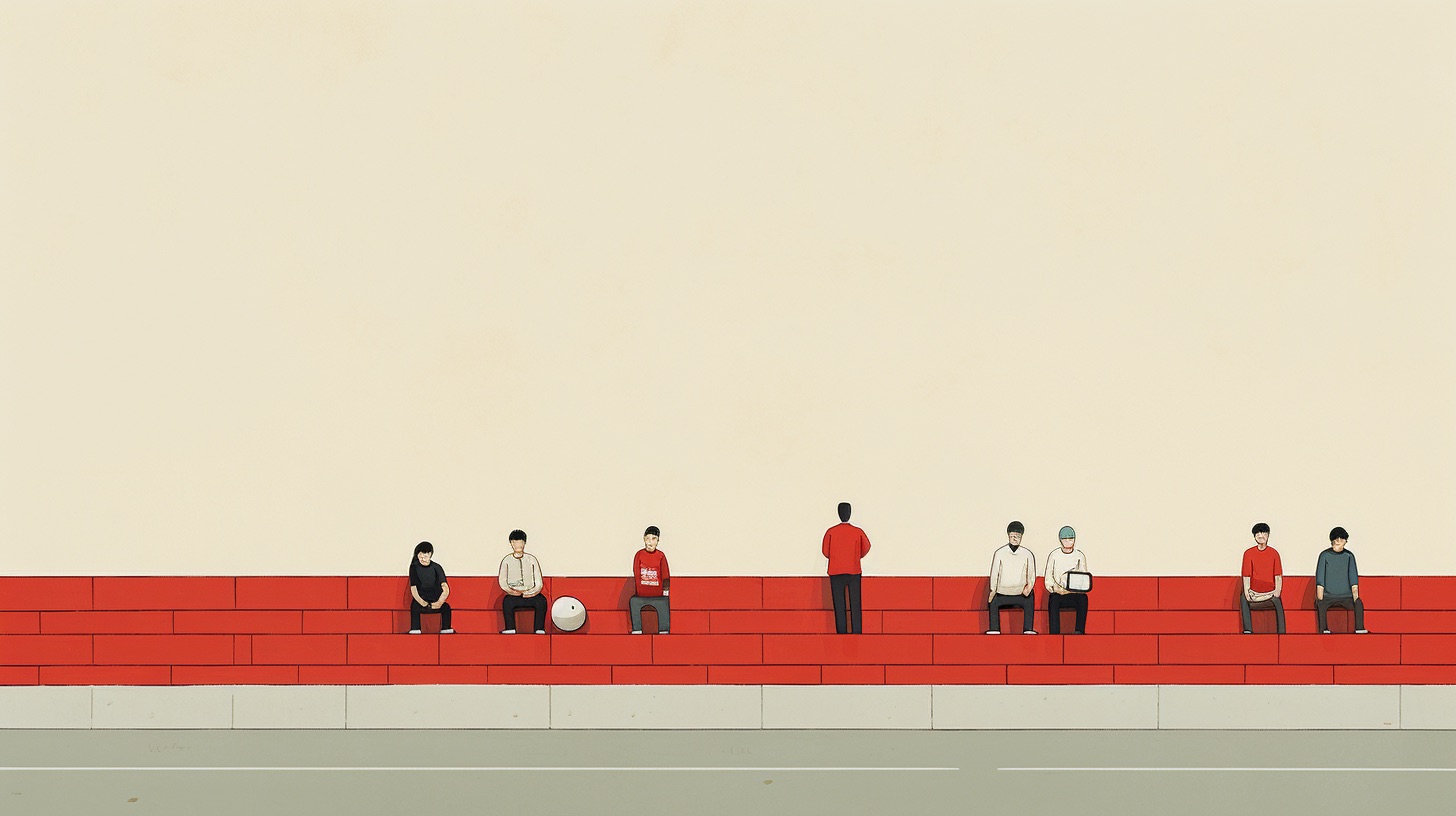In 2008, Kevin Kelly wrote what I consider to be the defining essay on The Creator Economy.
This was before The Creator Economy was a thing.
It was titled 1,000 True Fans.
The premise of it is simple.
To be a successful creator you don’t need millions. You don’t need millions of dollars or millions of customers, millions of clients or millions of fans. To make a living as a craftsperson, photographer, musician, designer, author, animator, app maker, entrepreneur, or inventor you need only thousands of true fans.
A true fan is defined as a fan that will buy anything you produce. These diehard fans will drive 200 miles to see you sing; they will buy the hardback and paperback and audible versions of your book; they will purchase your next figurine sight unseen; they will pay for the “best-of” DVD version of your free youtube channel; they will come to your chef’s table once a month. If you have roughly a thousand of true fans like this (also known as super fans), you can make a living — if you are content to make a living but not a fortune.
Here’s how the math works. You need to meet two criteria. First, you have to create enough each year that you can earn, on average, $100 profit from each true fan. That is easier to do in some arts and businesses than others, but it is a good creative challenge in every area because it is always easier and better to give your existing customers more, than it is to find new fans.
Kevin Kelly, 1,000 True Fans
You can change the numbers however you like, but to keep our lives easier let’s stick with $100,000.
1,000 people paying you $100 a year.
That’s not a lot of people paying not a lot of money.
The question is how do you make it happen?
Or going back to the title of this post, how do you make them Superfans?
What Is a Superfan?
Looking at what Kelly said, a true fan is one that will buy anything that you produce.
A Superfan is one that will buy anything that you produce and tell the world about it. They see so much value in what you do that they feel it is their obligation to tell others about it.
I’m not talking about those multi-level marketing people that try to get you to sell knives.
I’m talking about the person who hears you have a problem and then suggests they go to you for help because you are the ONE to help them.
When you send an email, they read it.
Not tomorrow. Not a bit later.
Right now.
Hosting a live stream? Let them know what time and they’ll be there.
If you can build a business around Superfans, you can live a nice life.
So how do you make them?
Follow the Hero’s Journey
The magic is always in the storytelling.
Creating a Superfan happens after repeated cycles through the Hero’s Journey. That makes it sound more complicated than it is.
A person (the Hero) comes to you (the Guide) because they want to go on a journey to get a treasure (their goal). They need your help because there is an obstacle in the way.
You help them and they get the treasure. They are extremely happy, but then they are ready for the next adventure.
And you help them again.
And again.
And again.
That’s the basics, but it’s not enough. Many people get help from others on the Internet and just move on with life.
How often have you gone to YouTube to learn how to fix something and never thought about the person again?
As I said, the magic is in storytelling and storytelling involves world-building.
When building a world you make people feel a part of something. They see that your vision matches theirs.
They feel as though you see the world through their eyes.
